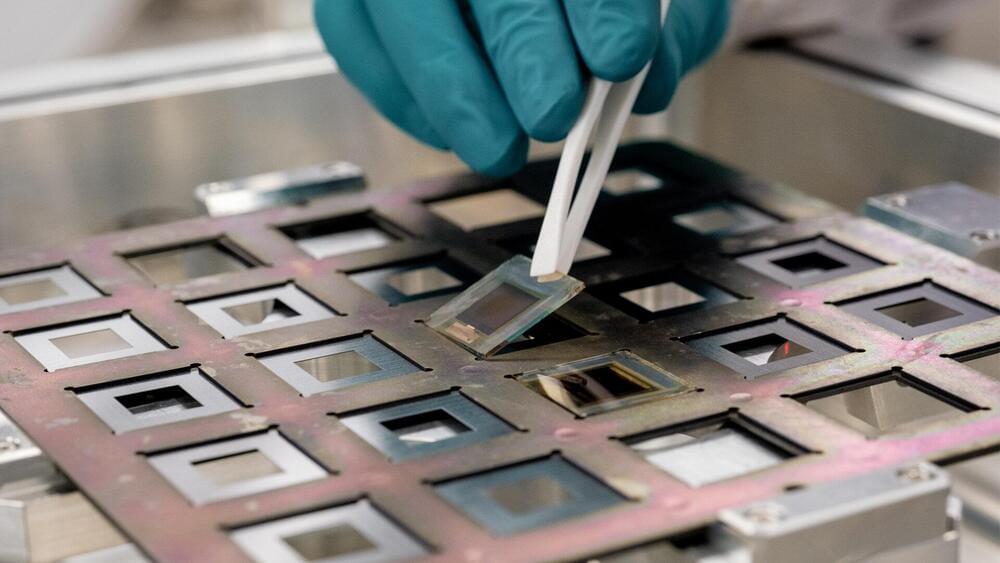Perovskite solar cells designed by a team of scientists from the National University of Singapore (NUS) have attained a world record efficiency of 24.35% with an active area of 1 cm2. This achievement paves the way for cheaper, more efficient and durable solar cells.
To facilitate consistent comparisons and benchmarking of different solar cell technologies, the photovoltaic (PV) community uses a standard size of at least 1 cm2 to report the efficiency of one-sun solar cells in the “Solar cell efficiency tables.” Prior to the record-breaking feat by the NUS team, the best 1 cm2 perovskite solar cell recorded a power conversion efficiency of 23.7%. This ground-breaking achievement in maximizing power generation from next-generation renewable energy sources will be crucial to securing the world’s energy future.
Perovskites are a class of materials that exhibit high light absorption efficiency and ease of fabrication, making them promising for solar cell applications. In the past decade, perovskite solar cell technology has achieved several breakthroughs, and the technology continues to evolve.
